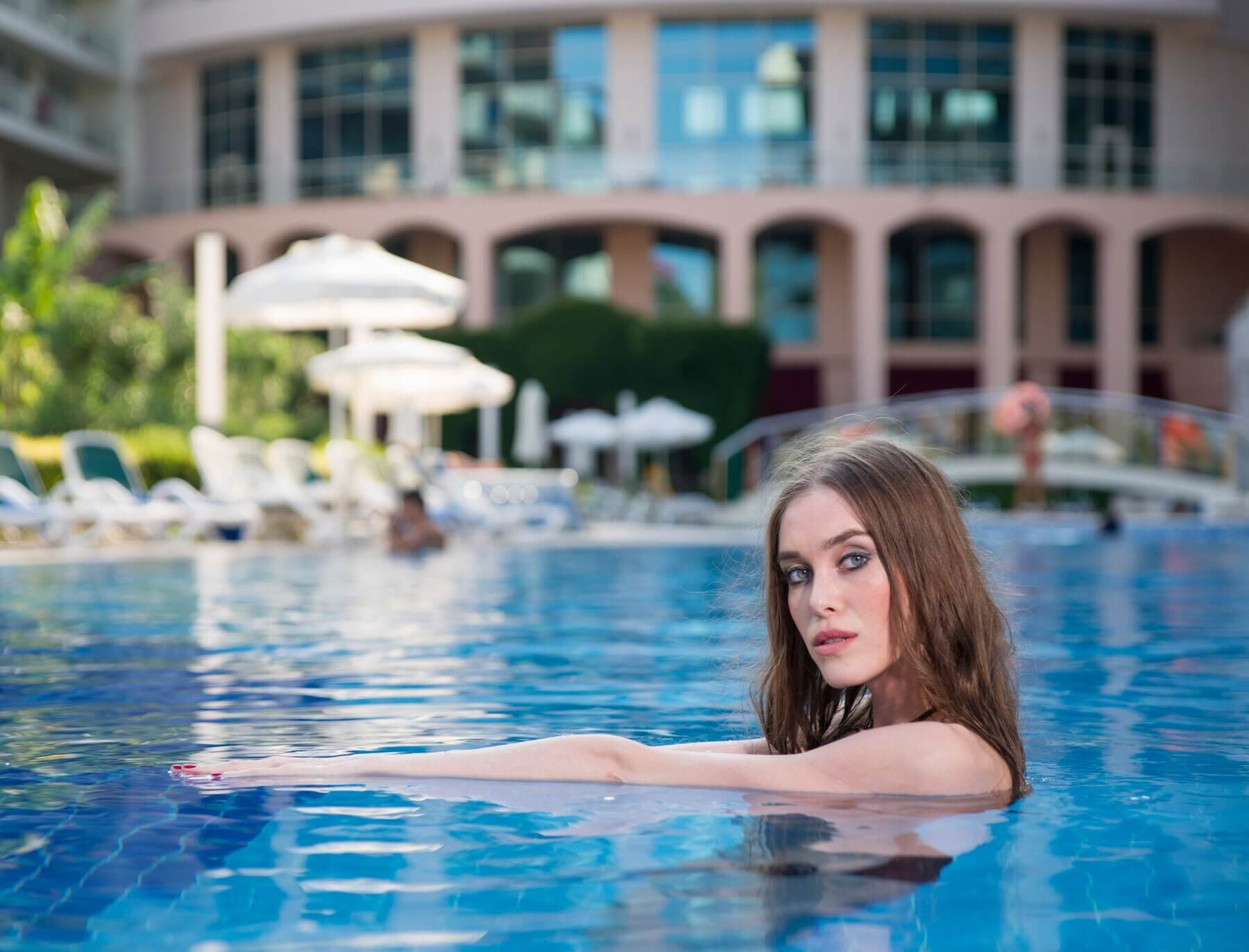When it comes to summer, one of our favorite pastimes is taking a refreshing dip in a sparkling swimming pool. We all know that chlorine plays a crucial role in keeping those waters crystal clear and safe for swimmers.
But have you ever wondered if this powerful disinfectant can do more than just keep the water clean? Does pool chlorine kill lice? In this article, we’re diving deep to explore whether chlorine has what it takes to give these tiny, unwelcome guests a run for their money.
Does Pool Chlorine Kill Lice?
Chlorine is a powerful disinfectant commonly used in swimming pools to kill bacteria, algae, and other microorganisms. While it can be effective at killing some parasites and insects in high concentrations, such as in laboratory settings, it is not a reliable or safe method for treating lice infestations on humans.
Lice are tiny insects that infest the hair and scalp of humans. Treating a lice infestation typically requires specific lice-killing products or methods that are designed to target these parasites while being safe for the person being treated. Common treatments for lice include over-the-counter or prescription shampoos, creams, or lotions containing active ingredients like pyrethrin or permethrin.
Using chlorine or swimming in a chlorinated pool will not effectively treat a lice infestation and can be harmful to the eyes, skin, and respiratory system. It’s important to follow proper guidelines and use approved treatments when dealing with lice infestations to ensure the safety and effectiveness of the treatment.
Find some best pool chlorine to kill the lice.
Can Lice Swim in Water?
Lice are not strong swimmers, and they cannot survive for extended periods in water. However, they do have the ability to hold onto hair shafts and avoid being washed away easily. Lice have specialized claws at the ends of their legs that allow them to cling tightly to hair strands.
When submerged in water, lice may initially hold onto the hair to avoid being dislodged. They can close their breathing holes to survive temporarily underwater. Still, they are not adapted for swimming and will eventually drown if they remain submerged for an extended period.
While lice may not be strong swimmers, it’s important to note that simply washing the hair with water or taking a swim in a pool is not an effective method for getting rid of a lice infestation.
To treat lice, you typically need to use specific lice-killing products or methods designed to target and eliminate these parasites. These products are formulated to disrupt the lice’s life cycle and ensure their complete removal from the scalp and hair.
Can Lice Survive in Saltwater?
Lice are unlikely to survive in saltwater, as saltwater can dehydrate and kill them. Saltwater has a dehydrating effect on many organisms, including insects like lice, due to its high salt concentration. When lice are exposed to saltwater, it can draw moisture out of their bodies, leading to dehydration and ultimately their death.
That said, it’s important to note that even though saltwater can be effective at killing lice, it may not be the most practical or recommended method for lice treatment. There are other more proven and less harsh methods for treating lice infestations, such as using over-the-counter or prescription lice-killing shampoos, creams, or lotions specifically designed for this purpose.
These products are formulated to effectively target and eliminate lice while being safe for use on the scalp and hair. If you or someone you know has a lice infestation, it is best to consult with a healthcare professional or pharmacist for appropriate treatment options.
Can You Swim After Lice Treatment?
After undergoing lice treatment, you can typically resume swimming, but it’s essential to consider a few factors:
- Follow product instructions: If you’ve used a lice-killing shampoo, cream, or lotion, it’s crucial to follow the product’s instructions carefully. Some treatments may recommend avoiding swimming or washing the hair immediately after application to ensure the treatment is effective.
- Check for any restrictions: Some treatments may have specific guidelines regarding swimming or water exposure. These guidelines can vary depending on the product you use, so be sure to read and follow the instructions provided with the treatment.
- Wait for the treatment to work: In most cases, it’s a good idea to wait a day or two after the lice treatment before swimming. This allows the treatment time to work and ensures that any remaining lice and their eggs have been effectively eliminated.
- Check with a healthcare professional: If you have any concerns or questions about when it’s safe to swim after lice treatment, it’s a good idea to consult with a healthcare professional or pharmacist. They can provide specific guidance based on the treatment you used and the severity of the infestation.
Remember that while swimming in a chlorinated pool can help reduce the risk of lice transmission, it is not a reliable method for treating or preventing lice infestations. Properly following the treatment instructions and taking appropriate precautions to prevent reinfestation are essential steps in managing lice.
Conclusion
While pool chlorine might be a superhero when it comes to battling harmful microorganisms in swimming pools, it’s no match for the resilience of lice when it comes to human scalps. Lice have evolved to cling to hair strands and withstand brief exposures to water.
So, while a dip in the pool might offer a brief respite from the itching and discomfort, it won’t effectively eliminate a lice infestation. When it comes to lice, stick to proven treatments and remedies specifically designed to send these tiny invaders packing, and save the pool chlorine for its intended purpose – keeping your swimming pool safe and enjoyable for everyone. We hope you got the answer does pool chlorine kill lice?
